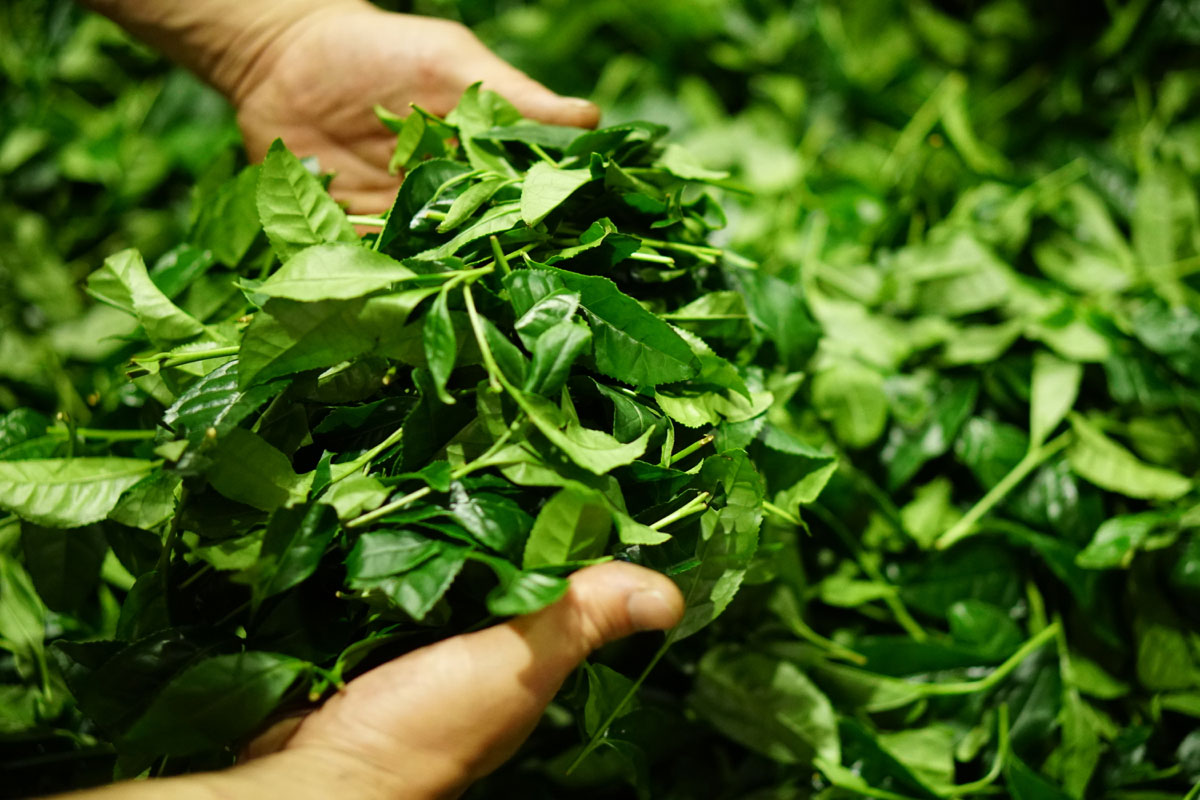
Harvesting and manufacturing the perfect green tea leaves to produce high-quality, organic matcha is not only arduous labor but an art. Matcha farming and matcha cultivation are two terms that are widely used when talking about growing and harvesting the all-natural tea leaves that become matcha powder. Though, strictly speaking, it is more accurate to use the phrases “tencha” when speaking about organic matcha farming and cultivation. This is a small difference, but the term “matcha” only refers to the final product -- the tea leaf in its powdered form -- not the plant itself. As Tyas Sosen says, “After the grinding, we speak of ‘matcha’. Everything that happens before this final grinding process is referred to as the production of ‘tencha’”.

At Keicha Tea World, we grow organic and non-organic bulk green tea so we can offer different grades of matcha suitable for varying needs. Matcha grades vary in flavor and color but neither their quality nor their health benefits are compromised. The main difference between ceremonial grade matcha and other grades lies in the fertilizers we use to feed the plants.
Our farms, located in Kagoshima, Japan, have the best soilneeded for the best all-natural tea leaves. This southern region of Japan is a volcanic area which provides the nutritious combo our all-natural tea plants need to produce the highest quality organic matcha. The green tea trees use these natural minerals to nourish themselves during the cold and long winter in Kagoshima, Japan. After “hibernating” the trees awake in early spring, and our farmers begin to fertilize the crops. For our certified organic matcha green tea production, organic natural fertilizers with no pesticides are applied early in February. For the non-organic matcha, nitrogen-based fertilizers can be applied a few weeks later because they work faster.

About twenty days before harvest, our all-natural tea bushes have to be covered to reduce the amount of light that hits their leaves. Traditionally, this shade was made from straw and reeds but, currently, we use USDA organic certified materials that don’t affect the biodiversity of the ecosystem -- a standard requirement for certified organic matcha. Decreased sunlight reduces photosynthesis in the leaves and helps maintain their high levels of theanine -- the amino acid responsible for the calming and pleasant feeling matcha brings. Shading the plants also helps to retain matcha’s unique sweetness and the bright green color we all love.

When our all-natural tea trees have between three to five sprouts, they are ready for harvest. Expert hands navigate between the large rows of trees selecting only the best leaves, not too large or too small. The leaves can reach the perfect size in just a few days, so the hand-picking period can be long, intense days of precise labor. To guarantee high-quality organic matcha, we avoid the use of mechanized techniques in the harvesting process.
How matcha is processed is also a critical part of the technique. After harvesting, our all-natural tea leaves are organically sorted by grade by our certified 10th-grade Chashi Master Tea Maker.
The leaves are then steamed for 30-40 seconds to stop oxidation and blow-dried. Once dry, the leaves’ thick stems and veins are removed to create the refined tea known as “tencha.”

Once the “tencha” is dried and sorted, it is time to grind it with a stone mortar. The traditional recipe calls for grinding the all-natural tea leaves until the matcha powder is ready to be packed. This reduces the risk of oxidation.
The first organic matcha harvest of the year is called “Sincha” and is usually harvested in early May when the land is most fertile. Tea experts argue it is the best tea you will get all year!